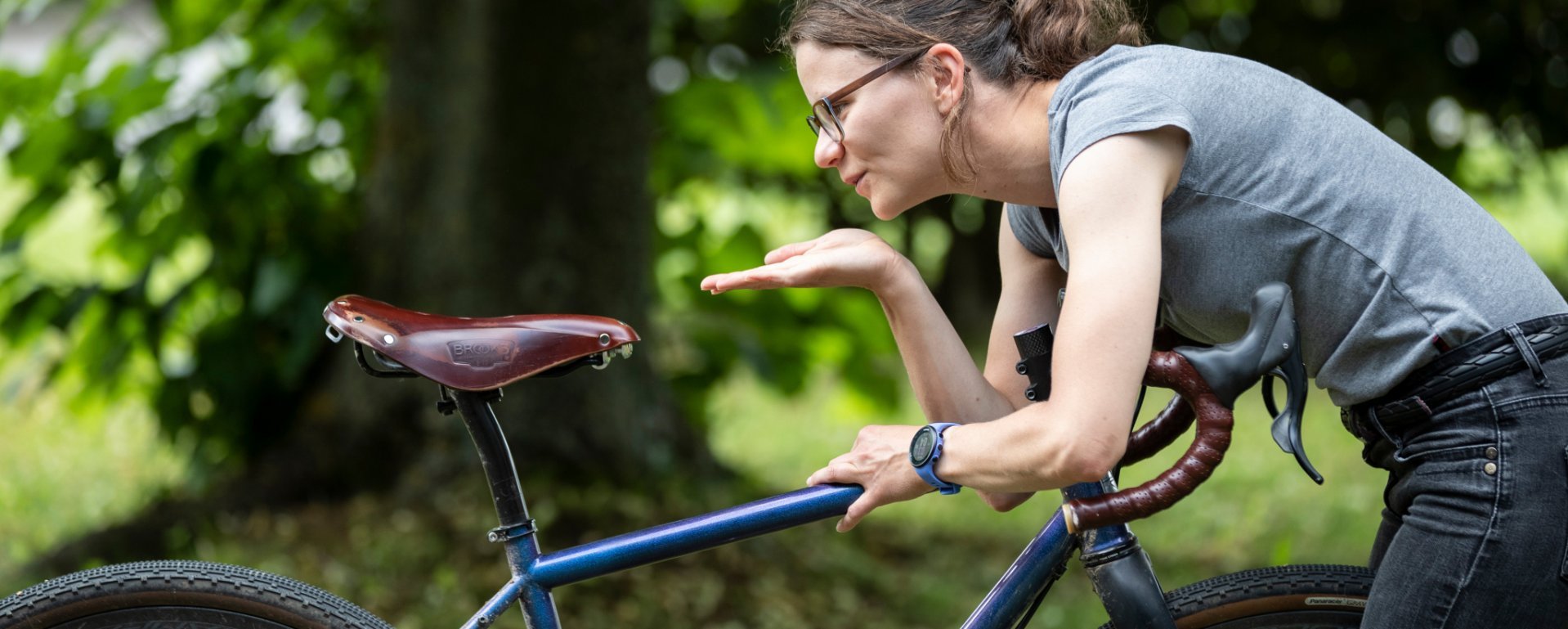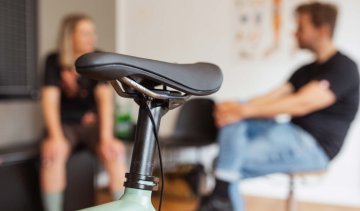
Product test: Thermoformable bike saddles from ...
A bike saddle that adapts to your anatomy? We have tested the thermoformable saddles from REFORM for you, which promise exactly that.
As you sit, so must you ride. Finding the right saddle for your bike doesn’t have to be an epic journey. We’ve got some tips on what to look for.
Aside from grips or handlebar tape and the pedals, the saddle is one of three contact points between the bike and its rider. If something goes wrong in the relationship between cyclist and bike – such as back or seat pain – the first place to look is the saddle. The good news: there is a saddle for every butt!
The fact is, hardly any other adjustment increases your fun while riding as much and for as little money as a proper saddle. Particularly when you’ve bought a new bike and haven’t found your groove with it right out of the box, keep in mind that bike manufacturers are forced to find a compromise in choosing a saddle that works for as many people as possible. This is done without accounting for gender, height, weight, hip width, etc. However, a one-size-fits-all saddle for every rider does not exist. We can show you in a few simple steps what you should consider when choosing your own saddle.
Even though there have been proven all-rounders on the saddle market for years and decades, many cyclists swear by special saddles that are optimised for their own particular uses. The boundaries are flexible, and depend in particular on the rider’s posture. On your everyday bike or XC mountain bike, you can be perfectly satisfied with a road bike saddle, and on your gravel bike or cyclocross bike with an MTB saddle. Conversely, the differences between the individual disciplines – such as marathon MTB vs. downhill or, road cycling vs. triathlon – are so great that many special models have emerged as a result.
Your riding posture is one of the fundamental parameters in the search for the right saddle. As a rule of thumb, the more athletic and extended you are on your bike, the more your hands and arms will have to work to support you. This means that your saddle has to be narrower and harder. Conversely, the more upright you ride, the more you have to pay attention to the right padding and a larger saddle width, as the pressure on the sit bones and perineal area is now higher. Of course, your anatomy also plays a part in deciding on a saddle width. Ergonomics specialists like Ergon or SQlab offer special tools to measure the width of your pelvis, hip or sit bone distance, such as the simple but effective SQlab Measuring Cardboard. By the way: there is no correlation between sit bone distance and weight. Those who buy a particularly narrow saddle for vanity are usually making a mistake.
How much padding you want on your saddle depends on a number of factors. Posture, the type of sport and also whether you have padding or a chamois in your bicycle shorts all contribute. If you wear padded shorts – with or without straps – when cycling, you need less material on the saddle. This saves weight and also ensures a very flat and even seat surface. The rule of thumb here is the wider the saddle, the more upright the riding posture and the less pressure on the pedals, the more padding you need.
One of the most hotly debated questions around proper posture: do men or women need special saddles? Also, how do they differ? Different manufacturers give different answers to this question. Companies such as Specialized, Selle Italia or Brooks offer unisex saddles with or without a cut-out, in different widths or degrees of hardness. The Koblenz-based manufacturer Ergon takes a different approach and basically divides its saddle models into women's and men's-specific versions, which are also available in different widths. Some of the models differ significantly in structure, padding or the position of the recess. SQlab is different: the Munich-based company always offers its saddles as unisex versions with different widths and basic designs. However, one thing can be said: the claim that women only needed soft saddles, lots of padding and recesses is wrong.
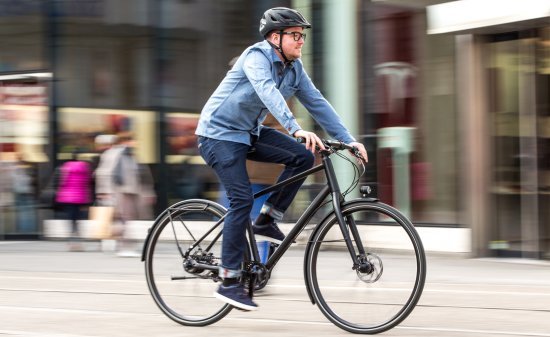
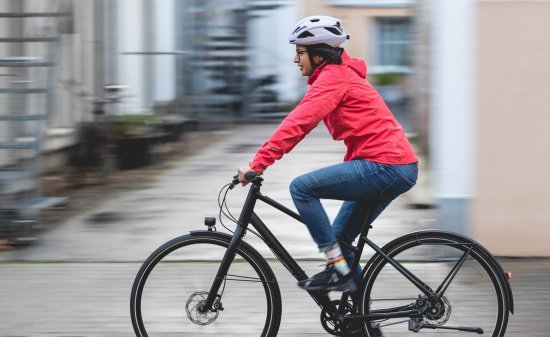
Another exciting question arises with the saddle in regards to the frame, also called “rails." Carbon is popular with gram counters because it allows you to save a lot of weight. Around 100 grams can be quite comparable to its sister model with metal rails, sometimes even more. There is actually nothing wrong with carbon, except its higher price compared to other materials. Those who prefer downhill riding sometimes avoid carbon saddles in order to avoid the risk of splinters in the not-unlikely event of a fall. Titanium is almost as light as carbon and is used by many manufacturers as a material for stays on sporty saddles. Sometimes, as with the company SDG, it’s utilised in the form of a titanium-aluminium alloy. Other aluminium alloys are also popular for lightweight saddles, such as those from Italian manufacturer Fizik. Finally, steel is the most widely used material for rails. It's sturdy, affordable and doesn't even have to be heavy. By the way, saddle rails are available in round and, in the road bike sector, also in an oval shape. Such oval rails need a corresponding seatpost and vice versa. However, different rail shapes are not compatible with each other. The good news for round rails: they all follow a standard 7 x 7 millimetre measurement and consequently fit all commercially-available seatposts that are designed for round rails.
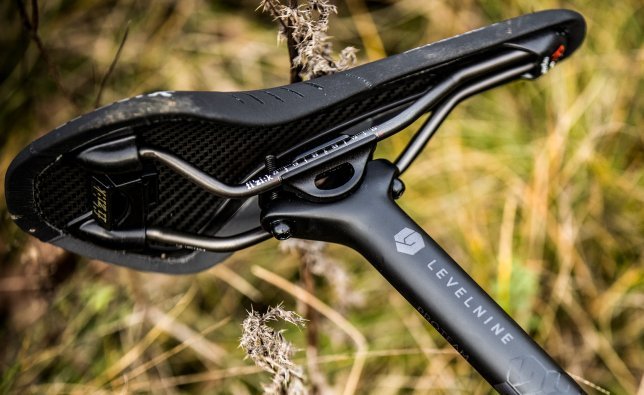
The saddle is attached to the seatpost via rails. © bc GmbH & Co. KG
Who doesn’t know the bend leather saddles with a coil spring between the saddle shell and the frame? Brooks in particular made this construction world-famous. Saddles like the Brooks Flyer are extremely popular with long-distance riders, comfort-seekers or people who appreciate particularly durable products. The German accessory manufacturer Contec also has such saddles in its range. What they all have in common is that you have to break them in, tighten the coils and maintain the leather from time to time. You will be rewarded with fantastic comfort. Perhaps too bulky for mountain bikes or road bikes, but a great choice for randonneurs, touring bikes or people who like a little more comfort on their bike.
Another E-bike product? Is it necessary or just more marketing nonsense? The answer is simple: If implemented correctly, special E-bike saddles are a sensible purchase for your E-bike. They are specially padded because on an e-bike you usually push yourself out of the pedals with less force than on a regular bike. This puts more weight on the sit bones. In addition, E-bike saddles are often pulled higher at the rear for full uphill flow. Can you also ride an E-bike without an E-bike saddle? Of course you can! Can a good E-bike saddle further enhance the electric riding experience? Absolutely!
